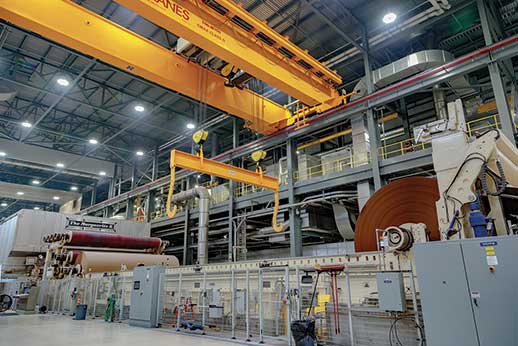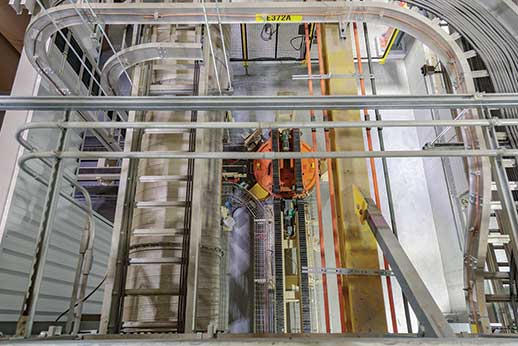Three ways to protect your business against the effects of severe weather and inflation.

By Michael Teng
It’s not just your imagination: Extreme weather events like tornadoes, hailstorms, extreme cold and heat, flooding, and wildfires are worsening and happening more often. In fact, according to the National Oceanic and Atmospheric Administration (NOAA), severe weather events exceeding $1 billion in damages have more than doubled in the past three years.
Making matters worse, if your business experiences damage after one of these more severe and more frequent storms, material inflation and supply chain delays could lead to longer recovery periods and even greater financial losses. Put simply, it could cost much more to replace or repair your facility, supplies, and equipment than your insurance currently accounts for.
You’ve invested time and money into your business. While you can’t prevent severe weather, you can act now to manage your safety, insurance needs, and communication plans to better help protect your business against the risks you face. I’ve compiled these recommendations to help you prepare.

With the rate of inflation now a constant consideration for manufacturing stakeholders, one overlooked consequence is that businesses could be underinsured because of the rising cost of materials and labor. Much like inflation causes the cost of the goods we buy to increase, the properties you own—including the equipment inside—could cost more to replace if a severe weather event causes damage.
To avoid being underinsured, talk with your insurer and update your property valuation to cover possible gaps. You may also want to consider adding an inflation guard provision, which automatically increases the value of your insured property, at a percentage you set, to compensate for rising costs of materials throughout your policy term.
With risks constantly evolving, it’s increasingly important to maintain and update a business continuity plan. This can help protect your employees’ livelihoods and aid in your business’ recovery in the event of a severe weather catastrophe, like a tornado, flooding, or even a roof collapse from heavy snow.
Maintain adequate business income insurance as part of that plan. It can help you pay for overhead and employee wages while you rebuild. It can even cover your lost profits. Supply chain and labor issues in the manufacturing industry mean it could take longer—six months to a year or more—to replace equipment and rebuild facilities, which can lead to lost revenue.
If businesses are unable to cover months of expenses while they recover, they may never reopen. In fact, historically, 25% of businesses don’t recover following a disaster, according to FEMA. If you suffer damage that leaves your business—and those you employ—vulnerable, business income insurance can act like a form of disability insurance for your business.
Flood insurance can also further protect your business. Speak to your insurer to see what’s available for your situation, based on your business’ location.
In our current economic climate, employee retention is more important than ever. It’s your duty as an employer to keep your greatest asset—your employees—safe during severe weather events. Identify which severe weather events could affect your business and create a comprehensive emergency response plan to meet your needs.
Your action plan should address the following:
Get your employees engaged in creating your emergency action plan, and when possible, ask your local medical and fire service departments to assess your drills. They will be able to identify potential gaps in your emergency response.
Earlier this year, my colleague talked about preparing for the unexpected. Just as that was a brief overview of a more complex issue, the tips I shared here can help you and your insurer protect against catastrophic damages from severe weather—and aid in your recovery in an inflationary environment.
As always, it’s best to talk to your insurer or local experts to learn more about how your insurance can help you guard against a catastrophic loss as severe weather becomes more commonplace.

Michael Teng is assistant vice president of products and pricing at Sentry Insurance. Sentry provides property, casualty, life insurance, and retirement products to manufacturers. Visit sentry.com.
In this episode, I sat down with Beejan Giga, Director | Partner and Caleb Emerson, Senior Results Manager at Carpedia International. We discussed the insights behind their recent Industry Today article, “Thinking Three Moves Ahead” and together we explored how manufacturers can plan more strategically, align with their suppliers, and build the operational discipline needed to support intentional, sustainable growth. It was a conversation packed with practical perspectives on navigating a fast-changing industry landscape.